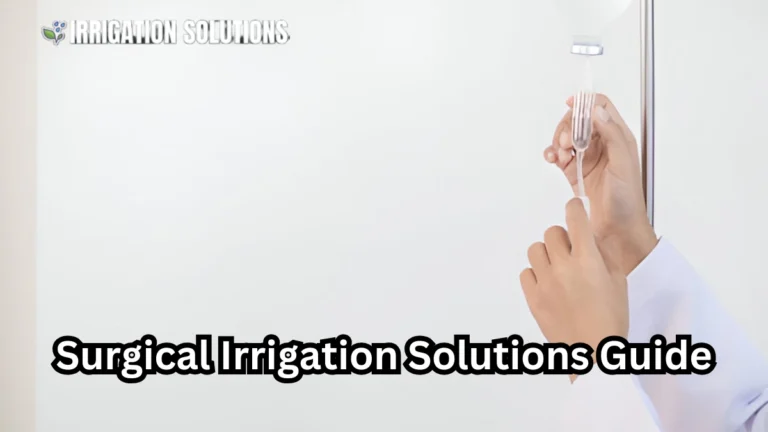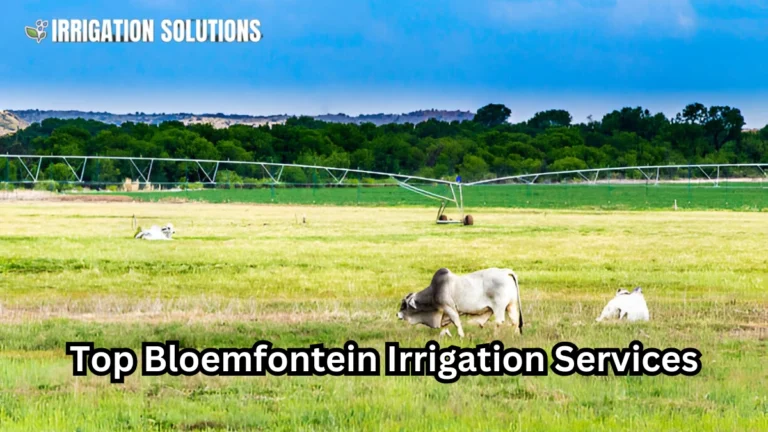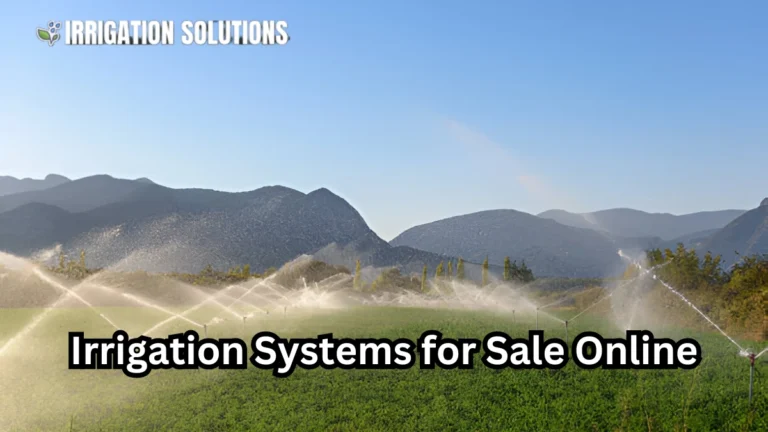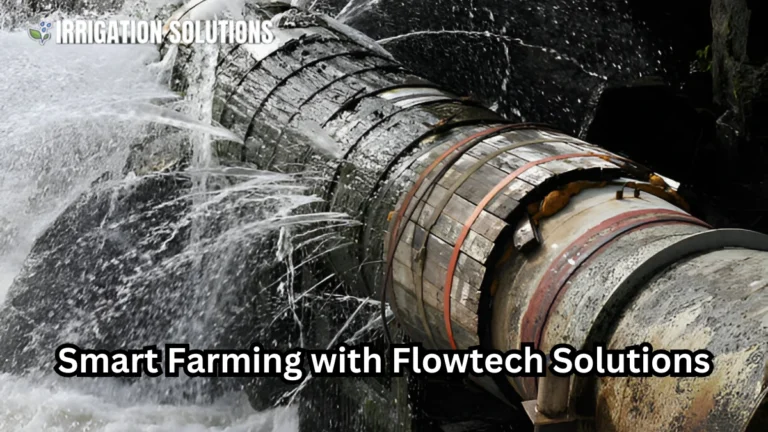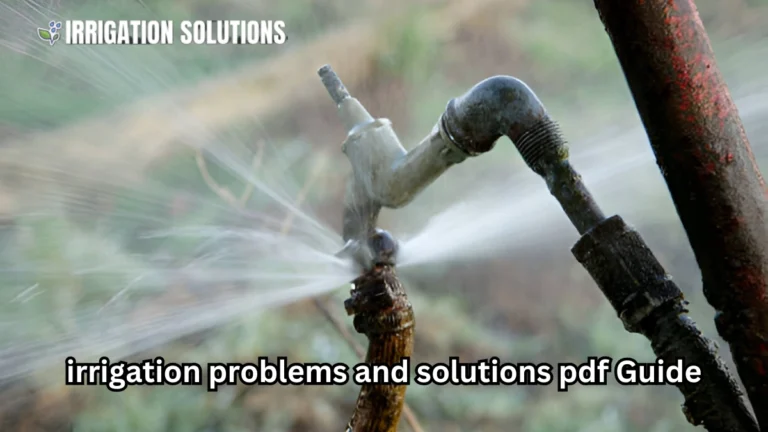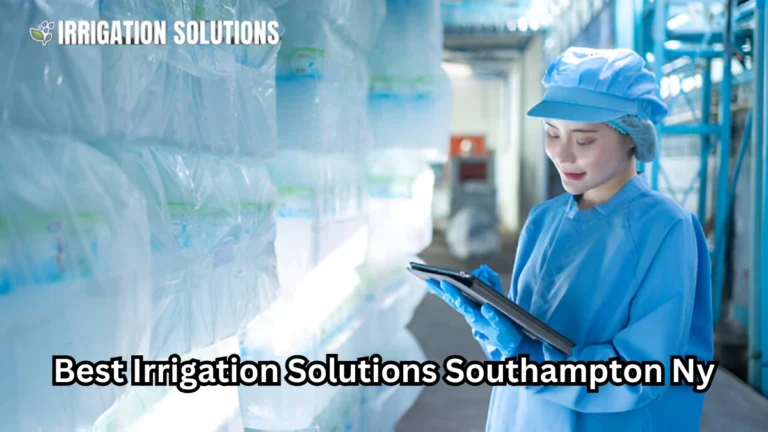best progressive irrigation solutions
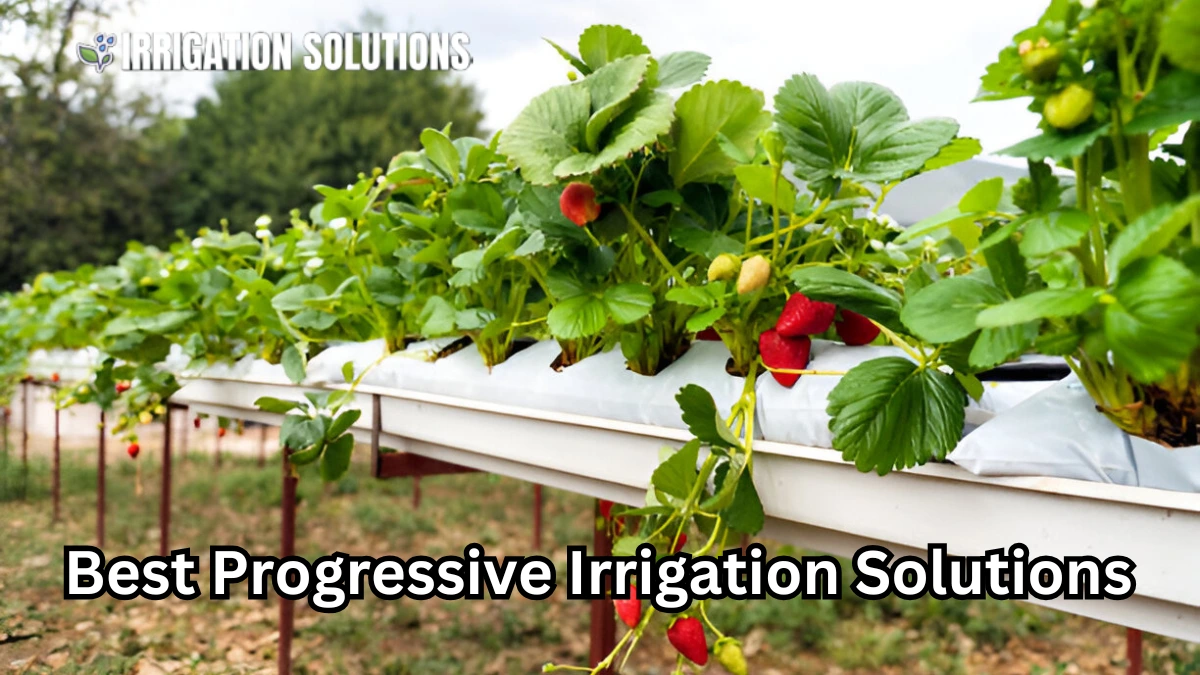
Effective water management is critical for agriculture, especially in regions prone to water scarcity. Progressive irrigation solutions are revolutionizing how farmers use water, offering efficient, sustainable, and cost-effective practices. This guide explores cutting-edge irrigation technologies and strategies that empower farmers while conserving resources.
What Are Progressive Irrigation Solutions?
Progressive irrigation solutions encompass advanced techniques and technologies designed to optimize water usage in agriculture. Unlike traditional irrigation, these methods emphasize precision, sustainability, and resource efficiency. They include systems like drip irrigation, smart irrigation, and subsurface irrigation, all tailored to meet the specific needs of crops and climates.
Why Traditional Irrigation Falls Short
Traditional methods, such as flood irrigation, often lead to water waste, soil erosion, and nutrient loss. According to the Food and Agriculture Organization (FAO), traditional methods can result in up to 60% water loss due to evaporation and runoff. Progressive irrigation aims to address these inefficiencies, ensuring water reaches crops effectively.
Key Types of Progressive Irrigation Solutions
Drip Irrigation
Drip irrigation involves delivering water directly to the root zone of plants through a network of pipes and emitters.
Benefits of Drip Irrigation:
- Water Savings: Reduces water usage by up to 50%.
- Enhanced Crop Yield: Precise water delivery promotes healthier plant growth.
- Cost-Effective: Lowers labor and energy costs.
Case Study:
In India, a tomato farm implementing drip irrigation reduced water consumption by 40% and increased yields by 30%, demonstrating the technology’s potential.
Smart Irrigation Systems
Smart irrigation uses sensors and automation to adjust water delivery based on real time data such as soil moisture, weather forecasts, and crop needs.
Features of Smart Irrigation Systems:
- Soil Moisture Sensors: Measure water content in the soil.
- Weather Integration: Adjusts watering schedules based on rainfall and temperature.
- Remote Monitoring: Allows control through mobile apps or computers.
Example:
A vineyard in California installed smart irrigation, cutting water use by 25% while maintaining grape quality.
Subsurface Irrigation
This method delivers water below the soil surface, directly to plant roots. It’s ideal for crops requiring consistent moisture levels.
Advantages:
- Minimized Evaporation: Virtually no water loss to evaporation.
- Weed Control: Reduces weed growth by keeping the soil surface dry.
- Sustainable: Ideal for arid regions with limited water resources.
The Role of Technology in Irrigation
Precision Agriculture
Progressive irrigation is a cornerstone of precision agriculture, which uses technology to enhance farming practices. Tools like GPS-guided tractors and drone imaging work alongside advanced irrigation to maximize efficiency.
How It Works:
- Drones: Map fields to identify dry zones.
- IoT Devices: Monitor soil conditions in real time.
- Data Analysis: Provides actionable insights for better decision making.
Quote:
“Precision agriculture and modern irrigation techniques are reshaping how we grow food, making farming smarter and more sustainable.” Dr. Amanda Green, Agricultural Scientist
Renewable Energy Integration
Solar-powered pumps and wind turbines are increasingly used in irrigation systems, reducing dependency on fossil fuels.
Benefits:
- Cost Savings: Solar energy eliminates electricity expenses.
- Eco-Friendly: Reduces the carbon footprint of irrigation.
- Independent Operation: Operates in remote areas without grid access.
Challenges and Solutions in Progressive Irrigation
Challenges
- High Initial Costs: Advanced systems like smart irrigation can be expensive to install.
- Technical Complexity: Farmers may need training to operate these systems.
- Maintenance Requirements: Regular upkeep is essential for optimal performance.
Solutions
- Government Subsidies: Many governments offer incentives for adopting sustainable irrigation.
- Training Programs: Workshops and online resources help farmers learn new technologies.
- Durable Materials: Investing in high-quality components reduces maintenance needs.
Table: Comparison of Irrigation Methods
| Method | Water Efficiency | Cost | Best For | Drawbacks |
| Flood Irrigation | 40%-50% | Low | Large fields | High water loss |
| Drip Irrigation | 85%-90% | Medium | Fruits and vegetables | High initial setup cost |
| Smart Irrigation | 80%-90% | High | Precision farming | Requires technical skills |
| Subsurface Irrigation | 90%-95% | High | Dry regions | Difficult installation |
Future Trends in Irrigation
- AI-Driven Systems: Artificial intelligence will enhance predictive watering schedules, improving efficiency.
- Nanotechnology: Nano-absorbent materials could revolutionize water retention in soils.
- Blockchain for Water Rights: Blockchain technology may streamline water allocation and usage rights, preventing disputes.
Conclusion
Adopting progressive irrigation solutions is not just about saving water it’s about building a resilient agricultural system capable of meeting the demands of a growing population. From drip and smart systems to renewable energy integration, these technologies are transforming farming landscapes worldwide.
By embracing these innovations, farmers can ensure sustainable practices that benefit both their fields and the environment.

